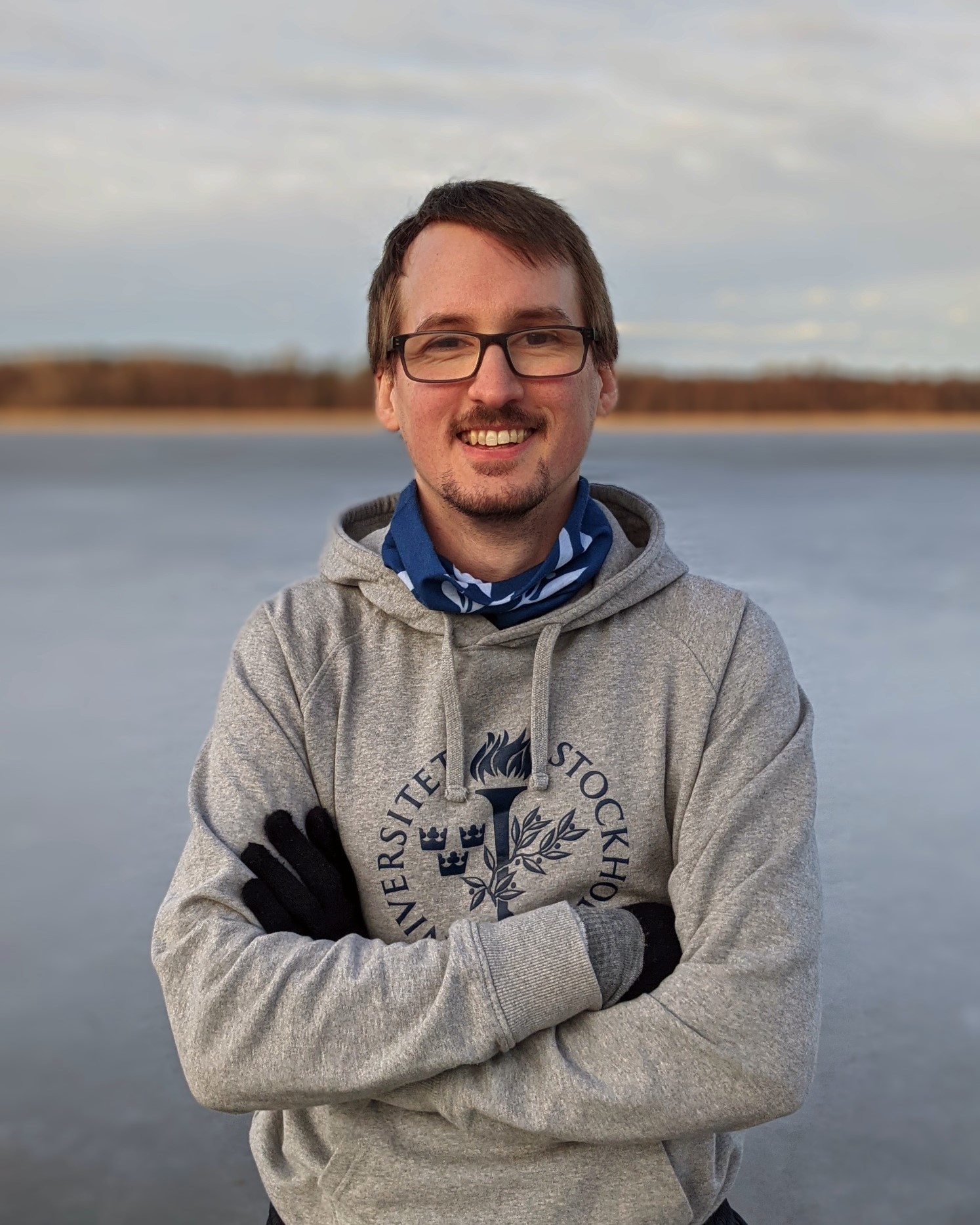 Short biography
Short biography
Currently on a postdoctoral researcher position, my research and teaching is on Quaternary geology generally and the method of tephrochronology specifically. My doctoral thesis "Ashes to ashes: applications of tephrochronology in Scandinavia" was defended at Stockholm University in February 2022, after which I worked at the Swedish Geological Survey before returning to Stockholm for a short-term substitute lectureship. The postdoc is funded by the Swedish Research Council through Stefan Wastegård's project "Tephrochronology of Sweden: tying the bag together" and encompasses various additions to the last few decades of Swedish tephra studies, plus methodological developments in terms of scanning techniques to detect cryptotephra and statistical considerations in tephra data treatment.
Abstract
Tephrochronology is a method where volcanic ashes buried in sediments or ice are extracted, identified, and used as time-markers for geological and archaeological studies. The tephras (from the Greek word for ash) work as isochrons over geographically vast areas - wherever the ashes from an eruption were deposited - allowing for example palaeoclimate records to be precisely linked wherever the same tephra can be identified at different study sites. This allows us to get into issues of high temporal resolution across large spatial scales, such as the progression of responses to rapid climate shifts.
In Scandinavia, tephrochronology mainly means cryptotephra studies, i.e. finding invisible horizons of tephra shards (most commonly from Icelandic sources). This is a laborious method, and core-scanning techniques have shown some promise for streamlining cryptotephra studies - but we have not yet been able to find a standardised procedure of tephra core-scanning with a high success rate. Together with the University of Bergen, the Stockholm University Quaternary Tephra Studies group will now testing the limitations of computed tomography core-scanning for detection of cryptotephras, with the aim of making tephrochronology a modern, accessible, and reliable method for use in studies of natural archives.
Arranged date for the seminar talk Aug 08, 2024
